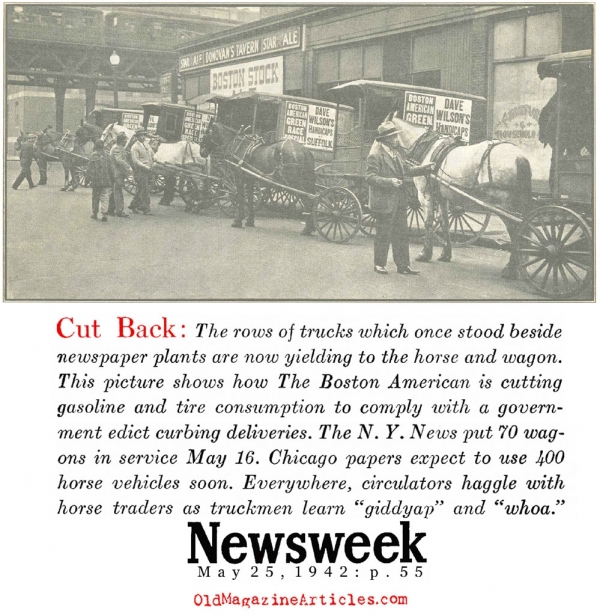A W.W. II Draft Board (Yank Magazine, 1945)
When Michael Campiseno turned 18, he was pulled out of his senior class in Norwood High School and drafted. Mike was sore. He swore that if he ever returned, he’d throw his discharge papers on the desk of the board chairman and say, ‘Now, ya sonuvabitch, I hope you’re satisfied!’
Here is the skinny on Draft Board 119 of Norwood, Massachusetts – an average draft board that sent 2,103 men off to war (75 of them never returned).
A W.W. II Draft Board (Yank Magazine, 1945) Read More »

